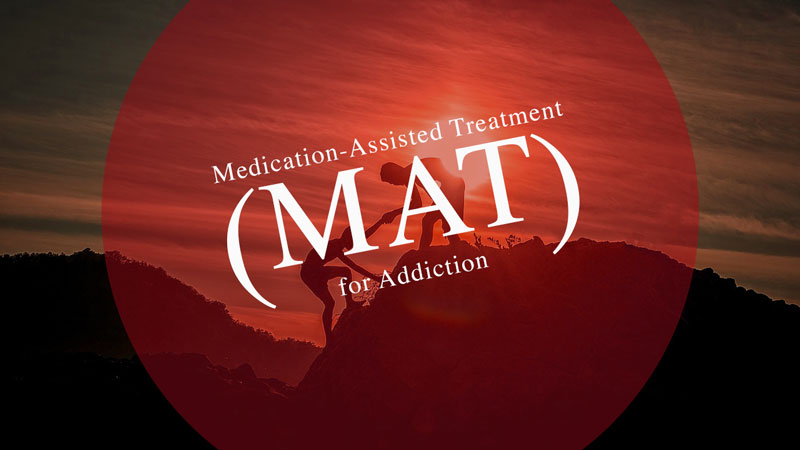Although the FDA transitioned its oversight of OTPs to SAMHSA in 2001, SAMHSA preserved the 8-point criteria that governed the provision of take-home medications to patients. These criteria include: absence of recent drugs of abuse, regular plan of attendance, absence of serious behavioral problems, absence of criminal activity, stability of the patient’s home environment and social relationships, length of time in comprehensive maintenance treatment, assurance that take-home medication can be safely stored within the patient’s home, and whether the rehabilitative benefit the patient derived from decreasing the frequency of clinic attendance outweighs the potential risk of diversion. (14)
In the late 1990s, practitioners in general practice settings increasingly prescribed methadone to treat pain. Studies determined that diversion was related to the prescribing of methadone to treat chronic pain, not take-home medication from OTPs. For example, federal officials along with epidemiology, pain management, and addiction treatment experts attending SAMHSA’s National Assessment of Methadone Associated Mortality of 2003 acknowledged the correlation between increased distribution of methadone through pharmacies for pain management with the increase in methadone-associated overdose deaths and reached consensus that the increase in these deaths was not associated with addiction treatment in OTPs. Additionally, in 2006, researchers at the Centers for Disease Control and Prevention suggested that the increase in deaths involving methadone was related to physicians increasingly prescribing the drug for pain. The researchers reported that the increase in deaths tracked to the increase of methadone use for pain management rather than its use in OTPs. (15)
Five national reports, three from SAMHSA (2003 (16), 2007 (17), 2010 (18)), one by the Department of Justice National Drug Intelligence Center (2007) (19), and one by the GAO (2009) (20), also arrived at a similar conclusion. SAMHSA’s 2003 report states that “the data confirmed a correlation between increased methadone distribution through pharmacy channels and the rise of methadone associated mortality. This supports the hypothesis that the growing use of all methadone, prescribed and dispensed for the outpatient management of chronic pain, explains the dramatic increases in methadone consumption and the growing availability of the drug from diversion to abuse.” (21) Furthermore, SAMHSA’s three reports highlight the clear distinction between the oversight standards that restrict how take-home medications are administered and monitored in the OTPs versus the unrestricted use of methadone in a physician’s office to treat pain. One might argue that the maturation of the treatment system, with greater vigilance in adhering to the promulgated federal and state regulations governing the provision of take-home medication, reduced the diversion of methadone from the OTPs.
The 2009 GAO report Methadone Associated Overdose DeathsFactors Contributing to Increased Deaths and Efforts to Prevent Them, which was sent to Congressional requesters, further reiterated that methadone diversion and subsequent overdose deaths were not attributable to OTPs.




Leave a Reply